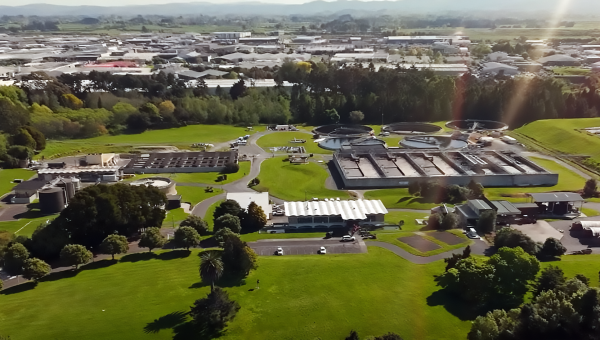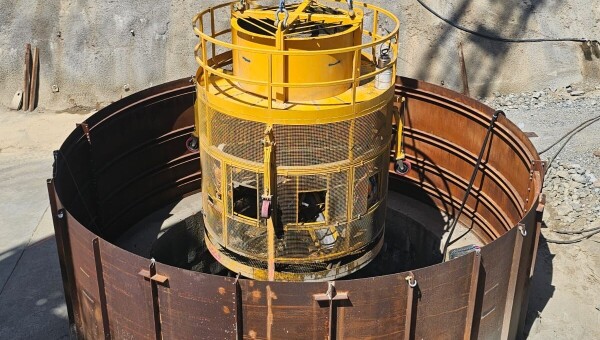Our marine engineering specialists are always on the lookout for ways to minimise the impact of our works on sensitive environments, and a recent example comes from the New Bridgewater Bridge Project in Tasmania.
The project involves a new 1,300 m long bridge built across the River Derwent. The bridge is being erected from a temporary access platform, which crosses shallow tidal mudflats that have significant environmental, cultural and heritage importance. The temporary access platform allows continuous access for delivery and lifting of segments along the bridge alignment
The initial design for the temporary access platform included piles, but this approach was deemed to have significant environmental, cost and program impacts.
So an alternate and innovative construction methodology was developed by our marine specialists.
While the shallow tidal mudflats prevented the use of floating crane barges, interconnected barges placed on the seabed form the basis of the solution.
Standard (flat-top, 55 m long) barges have been floated into position at high tide, trimmed and ballasted down onto the mud flats. The barges are connected using specifically designed link bridges, allowing movement of equipment over a total length of about 800 m.
The innovative design caters for critical issues such as differential settlement of the very soft muds under cyclic loads; dynamic lifting loads; and load sharing between barges. Specific lift plans have been developed to address key risks during erection.
The linked barges design provides a safe and cost-effective solution while minimising the impact of construction activities on the environmentally sensitive mudflats. After the barges have been removed the mudflats are expected to recover completely. The barges and link bridges can also be re-used on other marine projects, unlike the original piled solution.




